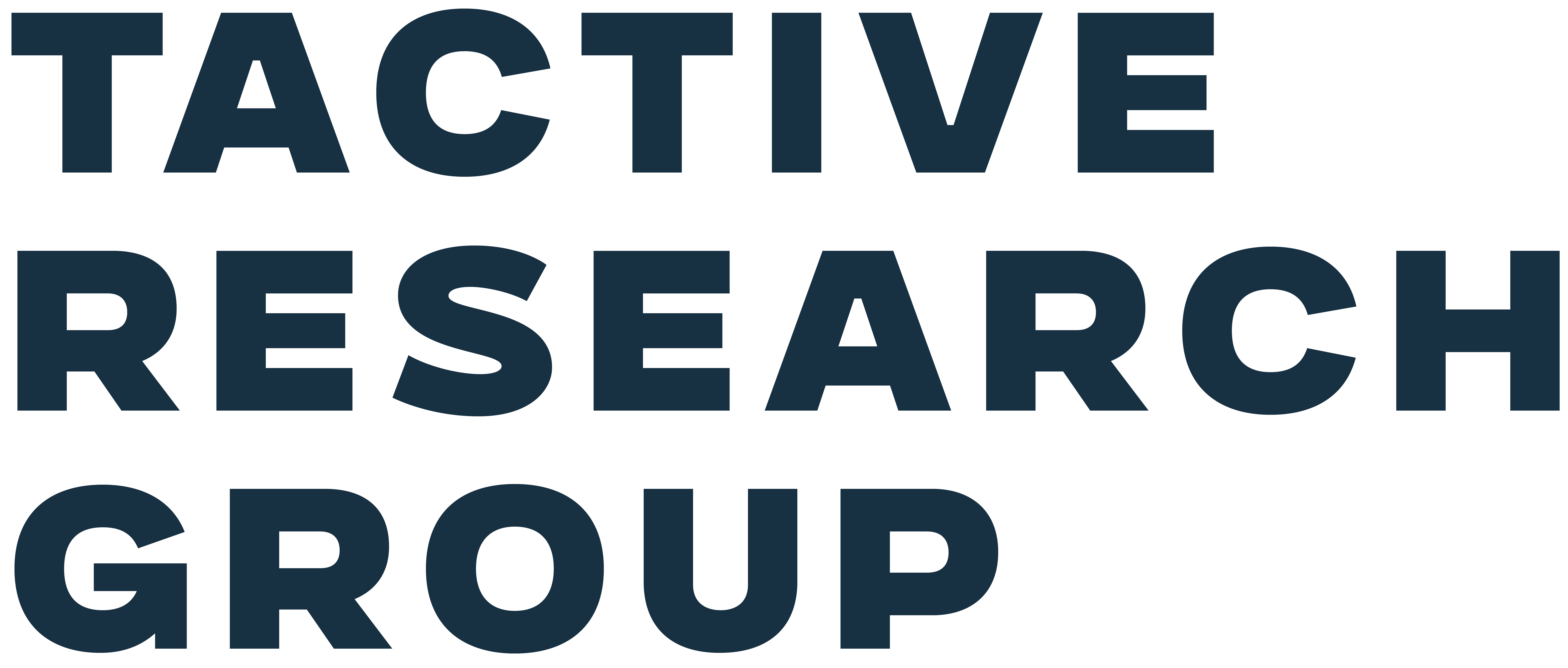Quick Take
In July and September 2024, Hurricanes Beryl and Helene wreaked havoc across the Caribbean and parts of the U.S., crippling communication networks and hindering disaster relief efforts. To enhance public safety and aid responsiveness, government officials must invest in deployable telecommunications systems that can quickly restore connectivity in affected areas.
Why You Should Care
The aftermath of Hurricanes Beryl and Helene highlighted the critical need for robust communication systems during natural disasters. With widespread damage to telecommunications, disaster relief organizations struggled to deliver aid effectively. Deployable systems, such as Mobile Exchange on Wheels (MEOW) and Cell on Wheels (COW), play a vital role in re-establishing communication networks, significantly increasing the chances of saving lives. For example, the deployment of COWs can take as little as 30 to 40 minutes, making them essential in emergencies.
What You Should Do Next
Evaluate the types of deployable systems needed to ensure quick and effective communication recovery in disaster-stricken areas. A strategic plan for the availability, accessibility, and capacity of these systems will enhance resilience and responsiveness during emergencies.
Key Action
CIOs and emergency management officials should conduct a comprehensive assessment of their telecommunications needs and invest in deployable systems to ensure rapid recovery and communication restoration in disaster scenarios.

